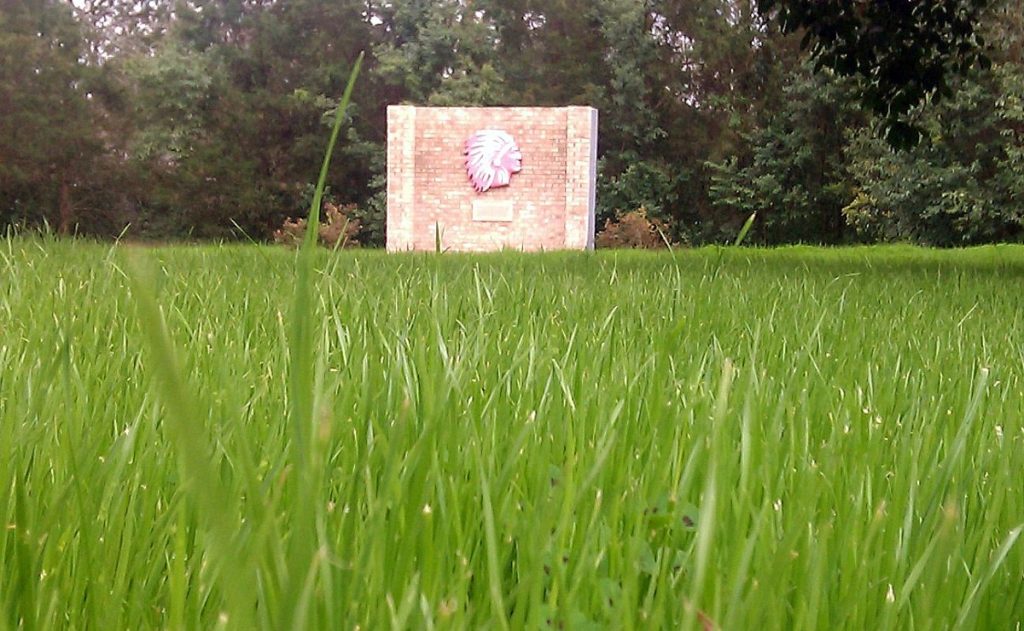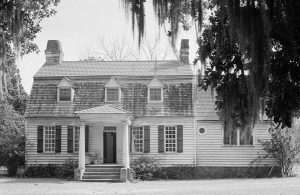
Somewhere in South Carolina you can find this interesting field art. Share where you think it is. Even better: What is it and why is it there? Send your best guess to feedback@statehousereport.com. And don’t forget to include your name and the town in which you live.
Our previous Mystery Photo
 Our Nov. 15 image, “Not a subdivision home,” was of Oakland plantation house, which is about seven miles east of Mount Pleasant.
Our Nov. 15 image, “Not a subdivision home,” was of Oakland plantation house, which is about seven miles east of Mount Pleasant.
Congratulations to all who sent in correct answers: Timothy Pace and Jay Altman, both of Columbia; David Lupo of Mount Pleasant; Jacie Godfrey of Florence; Don Clark of Hartsville; Frank Bouknight of Summerville; and George Graf of Palmyra, Va.
Lupo added: “That would be the Oakland Plantation House (originally Youghall Plantation). Once described as being east of Mount Pleasant, it would probably be more accurately described these days as being in northern Mount Pleasant. The plantation property also includes a large (133 acre) area protected via a conservation easement held by the East Cooper Land Trust.
Bouknight shared: “The Oakland Plantation House which is also known as Youghall or Youghal Plantation House, was built about 1750 in Charleston County, South Carolina about 7 mi east of Mount Pleasant. It is located about 1 mile south of U.S. Route 17 on Stratton Place
Finally, Graf provided additional context via popflock.com: “John Perrie, who came from Ireland, acquired 982 acres in Christ Church Parish. He named the plantation after Youghal in County Cork (my note that Sir Walter Raleigh’s home ‘Myrtle Grove’ is in Youghal Ireland). At his death in 1713, the plantation passed on to his daughter. Her husband conveyed the property to Captain George Benison in 1740. It is believed that he built the house. In 1755, Charles Barksdale acquired the plantation. This family controlled the property for the next century.
“In the 1850s, Mary Barksdale and her husband, James McBeth were the owners. He probably changed the name to Oakland. In 1859, Philip E. Porcher bought the property. His descendants have owned it since. Recently a portion of the land has been converted to commercial development. Also about 133 acres (54 ha) of natural habitat has been set aside under a conservation easement.”
- Send us a mystery: If you have a photo that you believe will stump readers, send it along (but make sure to tell us what it is because it may stump us too!) Send to: feedback@statehousereport.com and mark it as a photo submission. Thanks.


